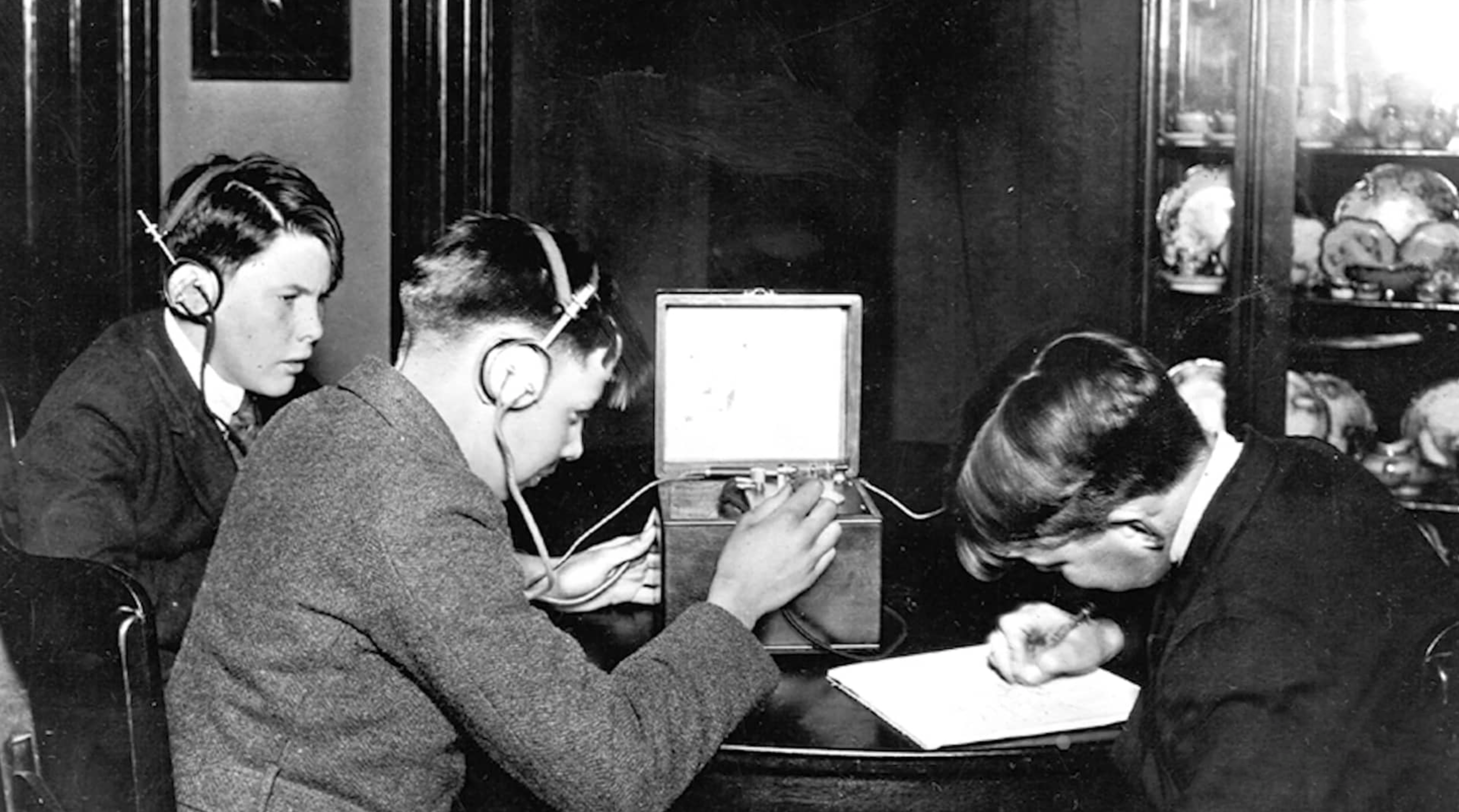How Did 20th Century Broadcasting Change History?
The invention of wireless telegraphy-radio-at the end of the 19th century by Marconi and others made it possible to communicate with anyone, anywhere, around the globe. It soon became apparent, however, that unlike cable telegraphy the same radio signal could be received by many people in all directions, and modern broadcast media was born. Broadcasting has had a profound effect on everything from politics to entertainment, especially in a world where anyone with a smartphone is her own broadcaster. This Inquiry Unit focuses on the technology of wireless communication and broadcast technology. Students analyze the connections between mass communication, untethered by wires, and the society, culture, and power structure of the 21st century.
IEEE REACH creates free units of study, following the Inquiry Design Model, that engage your students in an exploration of the interaction of technology and history. Our C3 units span the spectrum of history from Athenian triremes to military drones, all while honing historical thinking skills like document analysis and persuasive writing. Every unit is the product of professional research by historians of engineering and technology adapted for high school students by experienced educators – and everything we offer is free to teachers and their students!
Technology is an integral part of history. It didn’t start with STEM – it’s been there all along. No matter your level of technological understanding, you can bring the stories of technology and engineering into your history classes with IEEE REACH. Registration is easy, fast, and everything is FREE! Create an account today, and bring technology and history together in your classroom – just like it is in real life!
To download this unit or any of the free REACH resources, click on the link below and share with your class today!

